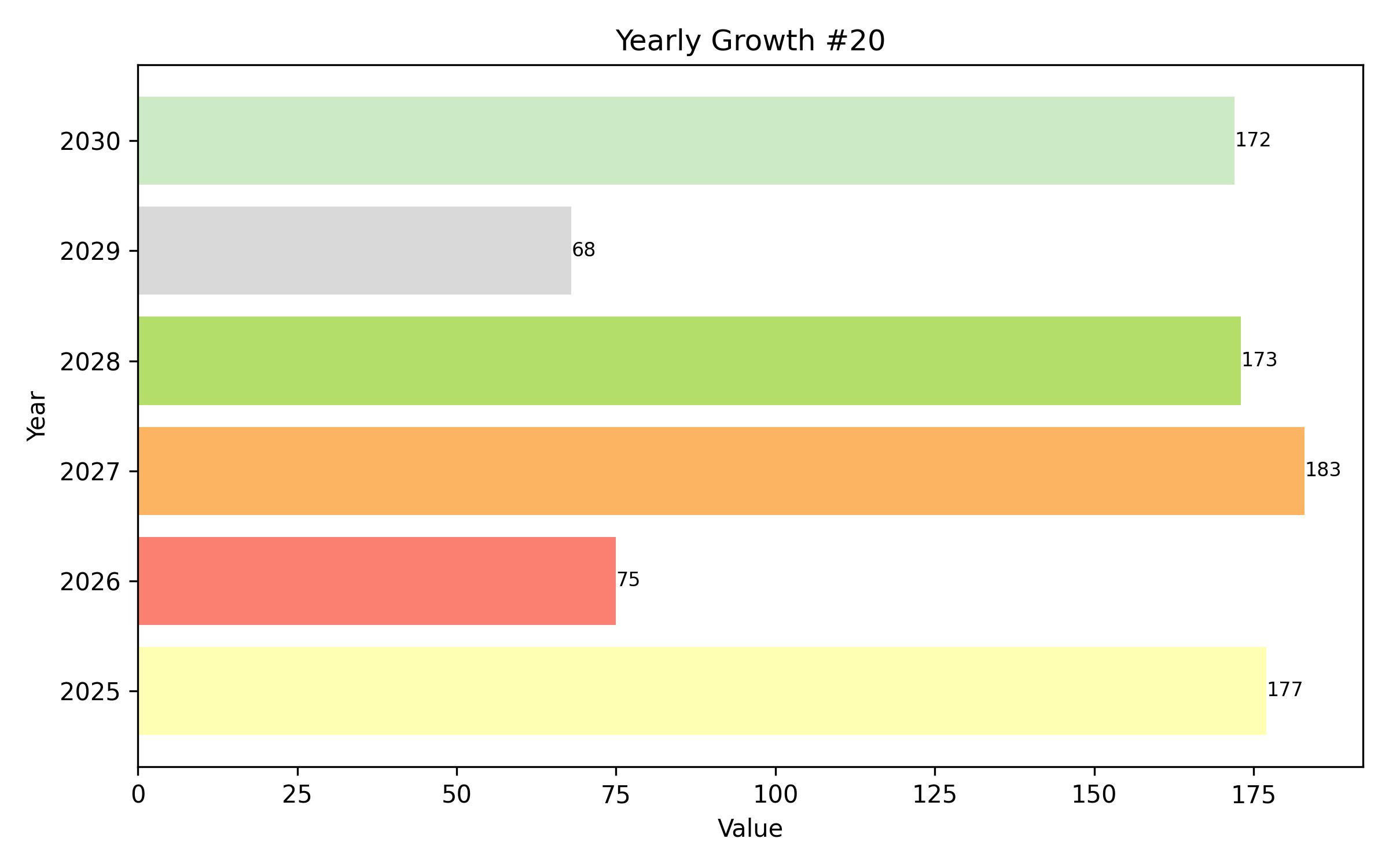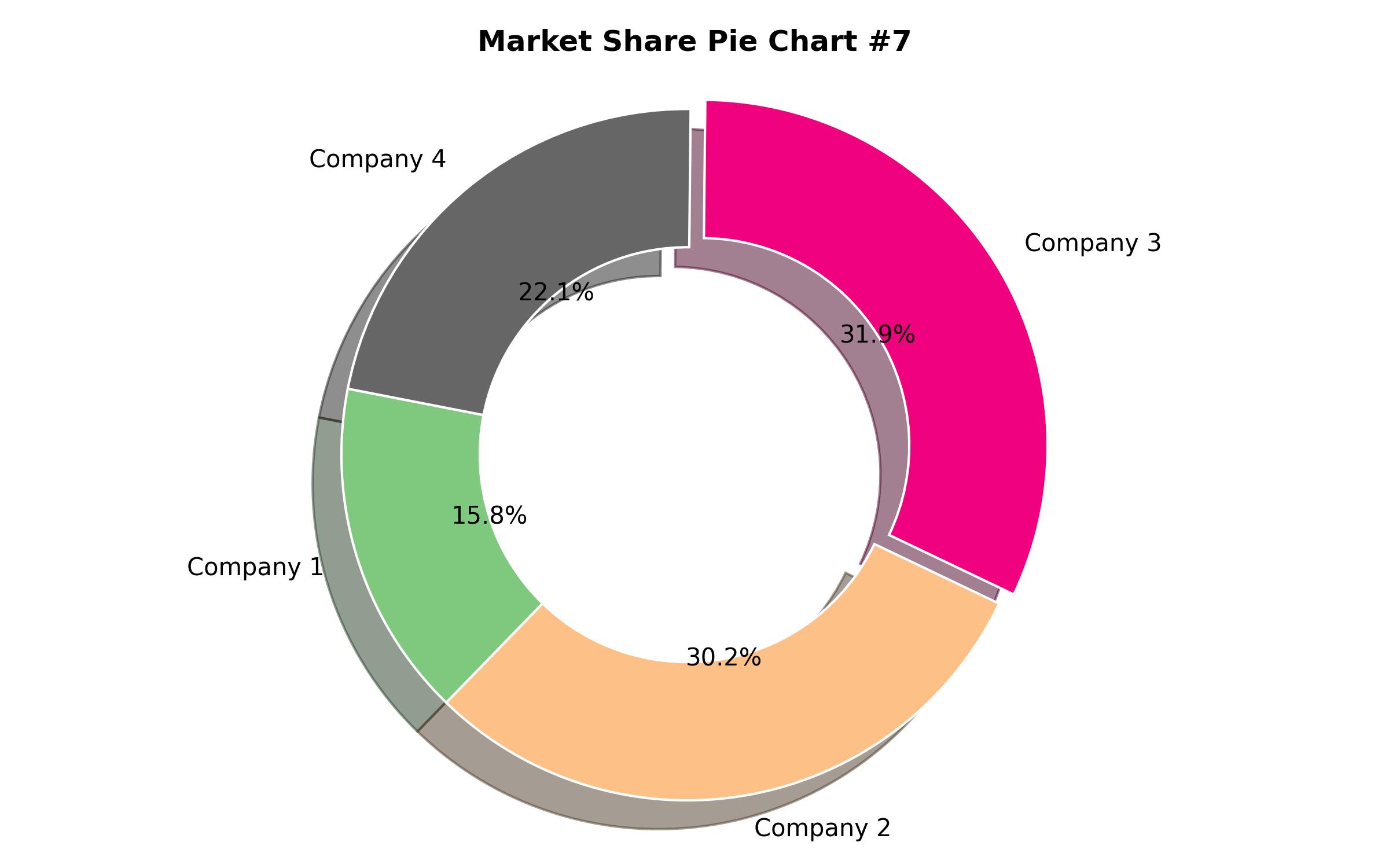South Korean Garment Steamer Market Insights: Size, Projections, and Future Development Through 2035
Overview:
The South Korean market for garment steamers is projected to achieve a valuation of approximately USD 82.2 million in the current year. The industry is forecast to expand at a compound annual growth rate (CAGR) of 10.1% from 2025 to 2035, potentially reaching a value of about USD 214.8 million by the end of the period. This market expansion is being driven by a confluence of factors, including evolving lifestyle preferences, a heightened focus on personal appearance, and shifting consumer preferences.
As more consumers in South Korea adopt rapidly paced urban lifestyles, the demand for convenient, time-saving home appliances has increased significantly. Garment steamers, which are effortless to operate and rapidly reduce wrinkles, fit well into the busy schedules of professionals and younger individuals who require efficient solutions for daily tasks. Steaming clothing is faster to prepare than conventional ironing and is gentle on delicate fabrics, making these devices increasingly appealing in a society like South Korea, where clothing care is a significant priority.
The growing popularity of compact and versatile appliances is also contributing to market growth. Given that many homes in South Korea are apartments with limited space, smaller steamers are often more desirable than bulkier ironing systems.
Manufacturers are responding by offering light, portable, and aesthetically pleasing steamer designs that complement modern home interiors. Furthermore, as Korean consumers become more attentive to health and hygiene, the ability of garment steamers to sanitize and reduce allergens and microbial presence on clothing has become a key selling point, particularly highlighted in the current environment.
Cultural elements also play a role in fostering market growth. South Korea’s prominent position in global fashion and entertainment, including its influence from popular music and television, promotes high levels of attention to personal grooming and presentation. Steamers are utilized not only in private residences but also in retail establishments, design studios, and during professional events and productions.
Combined with increasing discretionary income and a greater appreciation for premium home care products, these factors are motivating more consumers to invest in higher quality garment steamers. Collectively, these market influences are expected to continue boosting consumer demand and driving product advancements within South Korea’s expanding garment steamer sector over the coming decade.
Industry Trajectories from 2020 to 2024 Versus Anticipated Trends from 2025 to 2035
Between 2020 and 2024, the South Korean garment steamer market underwent substantial changes influenced by shifts in daily habits, increased awareness of hygiene, and evolving consumer interests. The widespread health crisis significantly impacted demand for household appliances that support cleanliness and fabric maintenance, positioning garment steamers as popular items for domestic use to sanitize clothing and minimize allergens. In this period, the emphasis on remote work and altered social interactions led to an increase in attention to home-based routines, encouraging greater expenditure on practical, time-efficient devices. The market also saw a distinct move towards smaller, easy-to-use, and attractively designed steamers, aligning with the needs of a younger, urban demographic living in more compact accommodations. Furthermore, electronic commerce gained considerable traction as a vital sales channel, with buyers increasingly using online feedback and influencer marketing to guide their purchasing choices.
Looking ahead from 2025 to 2035, the market is anticipated to progress with an increased focus on integrated technology, environmental sustainability, and premium features. Consumers are likely to seek steamers that are compatible with smart home networks, offer control via mobile applications, and provide feedback on usage or maintenance needs. Environmentally conscious product development will also be a significant factor, with energy-efficient units and sustainable materials becoming important differentiators. As South Korea maintains its influence as a center for fashion and popular culture, the need for effective steamers that protect sophisticated, high-grade textiles will rise, particularly within the retail, fashion, and media sectors. Technological progress resulting in faster operational readiness, broader fabric compatibility, and enhanced steam management will be key elements driving competition among manufacturers.
Evaluation of Potential Risks in the Market
While the South Korean garment steamer market is experiencing steady growth, it is not without its inherent challenges. A significant issue is market saturation, particularly within the residential goods category. This saturation is especially pronounced in the entry-level and mid-range product categories, where there is limited product variation and strong price-based competition. Additionally, consumer preferences are subject to rapid change; manufacturers who do not adapt or keep pace with evolving lifestyle demands are at risk of losing their market position. Another important risk is the market’s reliance on imports and potential volatility in supply chains. A considerable number of garment steamers sold in South Korea are manufactured in or imported from countries such as China. Any geopolitical tensions, changes in trade policies, or global logistical disruptions could impact product availability or increase costs. Furthermore, the market is vulnerable to fluctuating prices of raw materials, primarily metals and plastics, which could affect profitability if not managed carefully. These risks are amplified by the relatively limited domestic manufacturing capability for small appliances in South Korea, making the market more susceptible to external challenges.

| Report Attribute | Details |
|---|---|
| Market Size in 2025 | USD 82.2 million |
| Revenue Forecast for 2035 | USD 214.8 million |
| Growth Rate (CAGR) | 10.1% from 2025 to 2035 |
| Base Year for Estimation | 2024 |
| Historical Data | 2018 – 2023 |
| Forecast Period | 2025 – 2035 |
| Quantitative Units | Revenue in USD million/billion and CAGR from 2025 to 2035 |
| Report Coverage | Revenue forecast, company market share, competitive landscape, growth factors, and trends |
| Covered Segments | Product Type, End Use, Power, Water Tank Capacity, Material, Sales Channel, and Region |
| Regional Scope | South Korea |
| Country Scope | South Korea |
| Key Companies Analyzed | LG Electronics, Hamilton Beach Brands Holding Company, Spectrum Brands, AICOK, Groupe SEB, Conair Corporation, Pure Enrichment Company, BLACK+DECKER Inc., Reliable Corporation, Electrolux AB |
| Customization Options | Free report customization (up to 8 analysts working days) with purchase. Changes to country, regional, and segment scope |
| Pricing and Purchase Options | Customizable purchase options for tailored research needs |

Report Coverage & Deliverables
- Market Trends And Dynamics
- Competitve Benchmarking
- Historical data and forecasts
- Value/Volume analysis
- Company revenue shares and key strategies
- Regional opportunities
This is an indicative segmentation. Please request a sample report to see detail segmentation of this market.
Detailed Market Segmentation
- By Product Type
- Handheld Garment Steamers
- Upright Garment Steamers
- By End Use
- Residential Applications
- Commercial Applications
- By Power Rating
- Low Power (< 1000W)
- Medium Power (1000W – 1800W)
- High Power (> 1800W)
- By Water Tank Capacity
- Small Capacity (< 500ml)
- Medium Capacity (500ml – 1500ml)
- Large Capacity (> 1500ml)
- By Material Type
- Plastic Construction
- Steel Components
- By Sales Channel
- Online Retail
- Offline Retail
- By Region
- South Korea
Table of Content
- Executive Summary
- Market Overview
- Market Size and Forecast 2025-2035
- Market Analysis by Value 2025-2035
- Historical Market Analysis 2018-2023
- Market Trends and Dynamics
- Key Growth Drivers
- Restraints and Challenges
- Macro-economic Factors
- Porter’s Five Forces Analysis
- South Korea Market Analysis 2025-2035, By Product Type
- Handheld Steamers Analysis
- Upright Steamers Analysis
- South Korea Market Analysis 2025-2035, By End Use
- Residential Applications Analysis
- Commercial Applications Analysis
- South Korea Market Analysis 2025-2035, By Power Rating
- Low Power Steamers Analysis
- Medium Power Steamers Analysis
- High Power Steamers Analysis
- South Korea Market Analysis 2025-2035, By Water Tank Capacity
- Small Capacity Streamers Analysis
- Medium Capacity Steamers Analysis
- Large Capacity Steamers Analysis
- South Korea Market Analysis 2025-2035, By Material
- Plastic Construction Steamers Analysis
- Steel Components Steamers Analysis
- South Korea Market Analysis 2025-2035, By Sales Channel
- Online Retail Sales Analysis
- Offline Retail Sales Analysis
- Competitive Landscape Analysis
- Market Share Analysis of Key Players
- Company Profiles of Leading Manufacturers
- Strategic Recommendations
- Research Methodology
- Assumptions and Disclaimers
